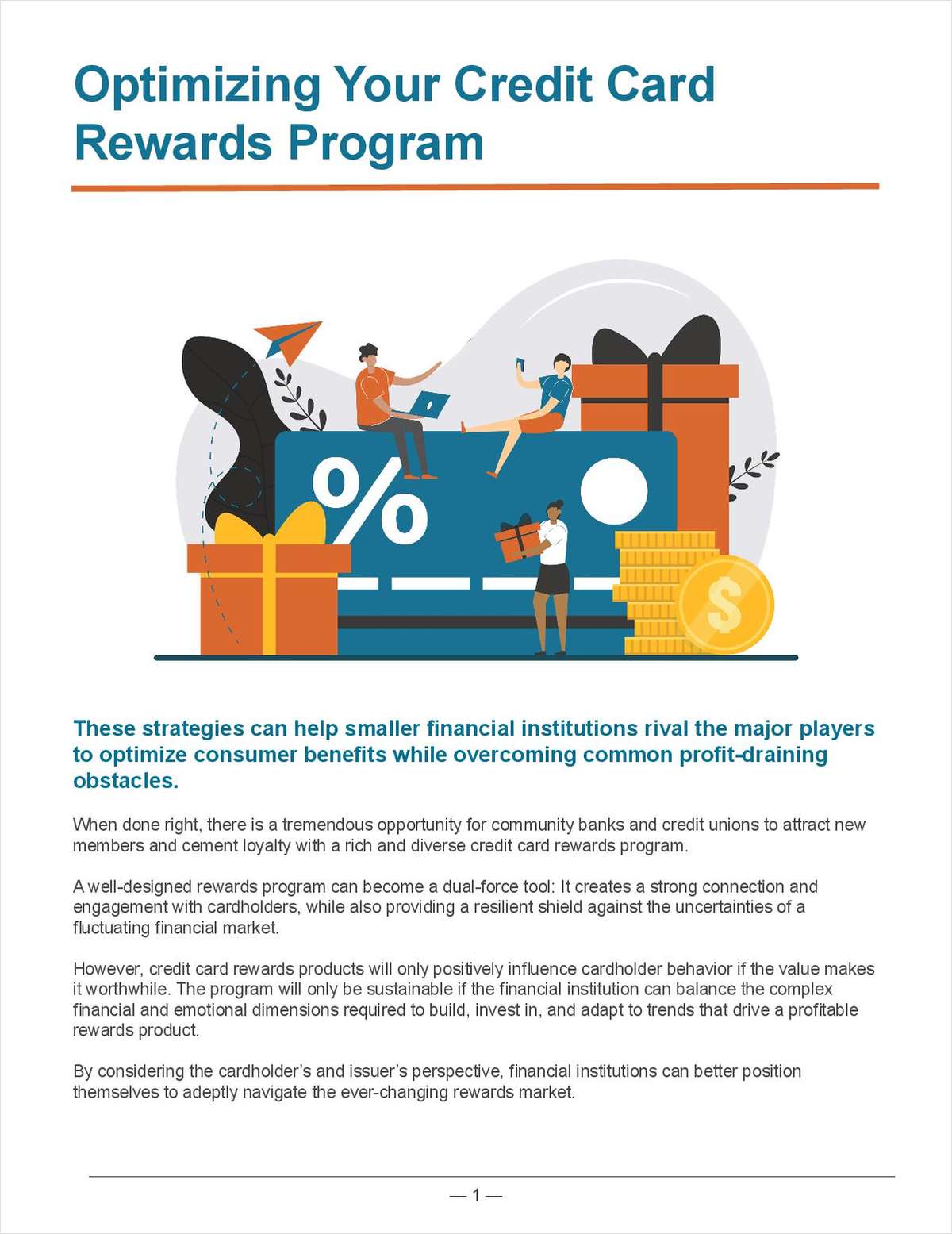
Here in the U.S., card fraud is rampant. In fact, according to a recent Barclay's report published in Security Magazine, 47% of the world's credit card fraud happens in the U.S., even though Americans account for just 24% of total credit card volume worldwide.
While technologies such as EMV and tokenization will eventually play a key role in curtailing U.S. card fraud, experts agree that their best weapon against this threat is an informed consumer.
“In life, information is powerful,” said Bill Freer, risk manager for CO-OP Financial Services. “Nowhere is this better illustrated than in the fight against card fraud. Teaching members proper security protocols should be a top priority for every credit union, especially with so many misperceptions out there about how fraud occurs.”
Myth #1: I'm Safer Onsite Than Online
According to Freer, the number one misperception most consumers have about card fraud is that online transactions pose the greatest risk.
“Online fraud is always a concern, but most of the fraud we see occurs because of skimming devices and malware at merchant sites and ATMs,” he said. “These tools allow fraudsters to record all the card data information they need often without ever touching a physical card.”
Myth #2: I Know Exactly Where My Card Was Stolen
Another common misperception is that the last transaction made before fraud is detected is the source of the compromise.
“This is not usually the case,” Freer said. “Most of the time, card information is stolen weeks or even months before fraud surfaces. This is because the data is frequently posted on illegal websites and sits out there on the Internet until a fraudster decides to purchase it.”
Myth #3: PIN Transactions Create Less Risk Than Signature Transactions
This is not necessarily true, Freer said. “During a debit transaction, it puts less card info at risk for compromise when signing for a purchase rather than to enter a PIN,” he said. “In addition, if a PIN is captured, it's even more valuable to a fraudster, as it makes it that much easier to turn that card data into cash. It can be devastating to have a checking account drained, and having access to the cardholder's PIN makes it much easier for a fraudster to do just that.”
Myth #4: There's No Way to Stop Fraud Myself
While credit unions and their service providers work diligently to prevent fraud, Freer noted that their efforts are more successful when cardholders contribute to fraud monitoring efforts. He encouraged credit unions to make new, advanced technologies for card controls and alerts available to members.
“With these tools, members can determine exactly when, where and how their cards can be used, and they can block unauthorized transactions themselves,” he said. “This practice alone can save credit unions and their members immeasurably in terms of time, money and aggravation.”
Myth #5: I Should Avoid Digital Wallets
EMV chip cards are a must, according to Freer, but he also emphasized the benefits of new tokenized payment options.
“Many consumers are not aware that tokenized digital wallets such as Apple Pay are highly secure,” he said. “In a tokenized transaction, digital tokens replace card data throughout the transaction, which means actual magnetic stripe data from a card never changes hands. As a rule of thumb, the less information that is transferred during a transaction, the less risky the transaction.”
He continued, “To educate members about fraud, take advantage of all your communication tools. Post security reminders on ATM screens that catch the eye. Use the information banner on your website to promote your card controls and alerts solution. Let members know about your fraud detection services, and advise them to respond immediately whenever they are contacted by a fraud analyst. Ultimately, detecting card fraud is an inexact science that is much more precise when cardholders participate in the process.”
Do more to protect your credit union and members by reading CO-OP's Security eBook.
Complete your profile to continue reading and get FREE access to CUTimes.com, part of your ALM digital membership.
Your access to unlimited CUTimes.com content isn’t changing.
Once you are an ALM digital member, you’ll receive:
- Breaking credit union news and analysis, on-site and via our newsletters and custom alerts
- Weekly Shared Accounts podcast featuring exclusive interviews with industry leaders
- Educational webcasts, white papers, and ebooks from industry thought leaders
- Critical coverage of the commercial real estate and financial advisory markets on our other ALM sites, GlobeSt.com and ThinkAdvisor.com
Already have an account? Sign In Now
© 2025 ALM Global, LLC, All Rights Reserved. Request academic re-use from www.copyright.com. All other uses, submit a request to [email protected]. For more information visit Asset & Logo Licensing.









